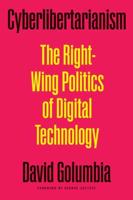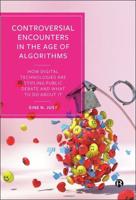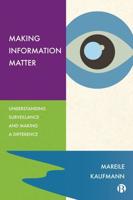Publisher's Synopsis
Chapter 1: Introduction to Open Models
Understanding the Concept of Open Models
In order to truly grasp the potential of open models in the realm of artificial intelligence, it is essential to first understand the concept itself. Open models, also known as open-source models, refer to AI models that are publicly available and can be accessed, modified, and shared by anyone. These models are built on a foundation of transparency and collaboration, allowing for continuous improvement and innovation within the AI community.
One key advantage of open models is their ability to democratize AI technology, making it more accessible to a wider audience. By removing barriers to entry and encouraging knowledge sharing, open models empower individuals and organizations to harness the power of AI for their own purposes. This can lead to the development of more diverse and customized AI solutions, tailored to specific needs and preferences.
One example of a smaller, efficient AI model that has gained attention in recent years is the Mixtral model by Mistral. This model, based on a combination of neural networks and machine learning algorithms, has demonstrated impressive performance in various applications, from image recognition to natural language processing. Its success highlights the potential of open models to drive innovation and push the boundaries of AI technology.
Looking ahead, the anticipated release of Llama 3 by Meta promises to further revolutionize the field of AI. This advanced model is expected to offer unprecedented levels of accuracy and efficiency, paving the way for new possibilities in areas such as autonomous driving, healthcare, and finance. As we continue to navigate the world of open models, it is crucial to stay informed and engaged, embracing the opportunities and challenges that lie ahead.










